The six states that comprise the nation’s northeast corner are as rich in natural beauty as they are in American history. There are mountains and beaches (think woods to waves), big-city fun, and old-fashioned delights. Culture buffs can enjoy arts festivals and museums, while lovers of leisurely pursuits can indulge in lazy beach days, sunset sailings, and aimless coastal road trips.
Food enthusiasts can expect a veritable smorgasbord of the region’s earthy specialties, from visits to the local clam shack and farm stands brimming with just-picked goods, to the classic lobster roll and soups thick with the ocean’s bounty. Having trouble deciding where to visit? Here are five of my favorite summertime spots:
Cape Cod, MA
The Cape Cod National Seashore unfurls along a 40-mile stretch of undulating dunes and gorgeous beaches, from Chatham north all the way to Provincetown. Long considered New England’s unofficial playground, President John F. Kennedy granted the area federal protection in 1961, well over a century after Henry David Thoreau wrote that this is where “a man can stand and put all America behind him.” Lighthouses overlook wonderful wide beaches, sandbars, and salt marshes, and kettle ponds dot the woodlands.
The old sea captains’ town of Chatham is one of the Cape’s most desirable destinations, with handsome clapboard buildings set off by white picket fences. Or follow the two- lane Old King’s Highway (Route 6A) north to Provincetown, aka P-town, a longtime fishing and whaling port that is now home to an art colony and vibrant gay community.
Grafton, VT
The picture-perfect Vermont village of Grafton is an architectural showcase of historical buildings, but not by any means a living museum staffed by people in period costume. It’s a real-life community with a population of 600, many of whom work in the well-stocked general store, the shops along the treelined streets, or at the renowned cheese company. Grafton’s cheese-making roots go back to 1892, and today the Grafton Village Cheese Company makes one of the world’s finest cheddars, which you can sample fresh at their store.
Founded in 1763, Grafton thrived in the early 1800s, peaked in 1830, then collapsed until the early 1960s, when the Windham Foundation was created to resuscitate the town. The foundation owns 25 buildings in the center of town, including the Old Tavern Inn, where Rudyard Kipling once stayed on his honeymoon…and today you can, too!
Block Island, RI
Unpretentious Block Island is a barefoot-and-bicycle kind of place, with rolling green hills, hundreds of freshwater ponds, and dramatic 200-foot bluffs that remind many of Ireland. Not much happened here until tourists started arriving in the 1870s, leading to a boom in the construction of Victorian homes and hotels that still accommodate the visitors who flock to this 11-square-mile gem.
The Nature Conservancy called it one of the “Last Great Places” in the Western Hemisphere, and for sure natural beauty is abundant: One third of the island is set aside as a wildlife refuge, with 30 miles of hiking and biking trails, and during the autumn migration it is a favorite bird-watching destination.
Boston, MA
Just because Boston is chock-full of history doesn’t mean that its personality is stuffy or stodgy. Yes, it proudly looks back on its pivotal role in the American Revolution, but it also strides youthfully forward, courtesy of the area’s many elite universities (Boston is the biggest college town in the world) and the city’s thriving arts and cultural scene.
If it’s baseball season, don’t miss a Red Sox game at Fenway Park, the oldest major league ballpark in America, or follow the self-guided 2.5 mile Freedom Trail, which connects 16 of Boston’s most important colonial and Revolutionary War landmarks. And there are great museums galore, namely the Museum of Fine Arts, whose collection ranges from priceless antiquities to works by contemporary artists; the Isabella Stewart Gardner Museum, housed in a 1901 re-creation of a 15th-century Venetian palazzo; or the light-filled Institute of Contemporary Art, built in 2006 and cantilevered over the South Boston waterfront.
Acadia National Park, ME
Mount Desert Island is Maine’s national treasure, a 12-by-14-mile domain of fir and spruce forests, lakes, and inns. It is as captivating today as it was when the Rockefellers, Astors, Fords, Vanderbilts, and their fellow “rusticators” founded a summer colony here in the early 20th century. The government set aside 60 percent of the island as Acadia National Park in 1929 (and included a few neighboring islands) to create a 35,000-acre park of craggy grandeur. You’ll find a lot more visitors and lobster shacks today, but the extraordinary ocean-side drives, surf-battered cliffs, and off-island whale watching remain the same. You can drive to the top of Cadillac Mountain—the highest peak on the U.S. Atlantic coast—to take it all in, especially at sunrise.
If you can’t visit these east coast marvels this summer, the next-best deal is to experience it all from the comfort of your kitchen, with the recently-released New England Open-House Cookbook by Sarah Leah Chase.

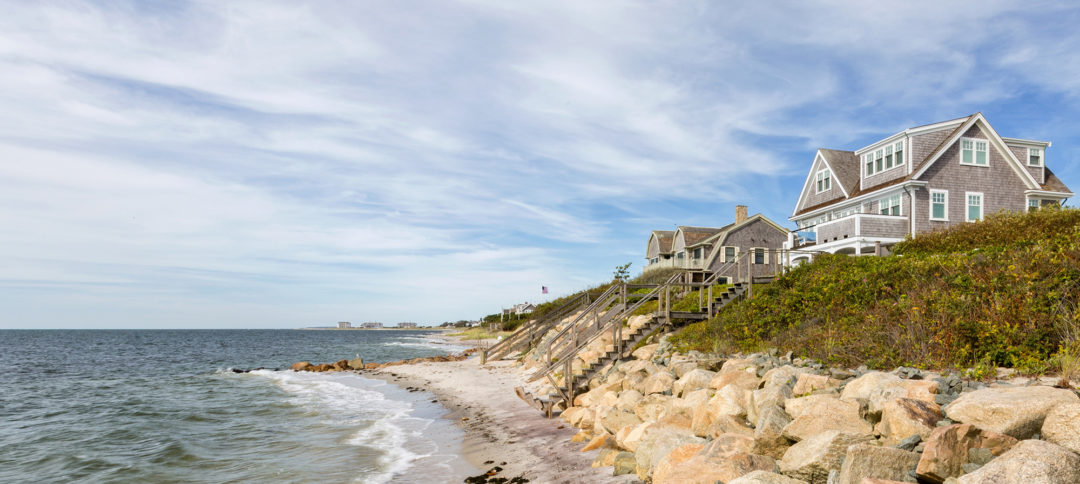
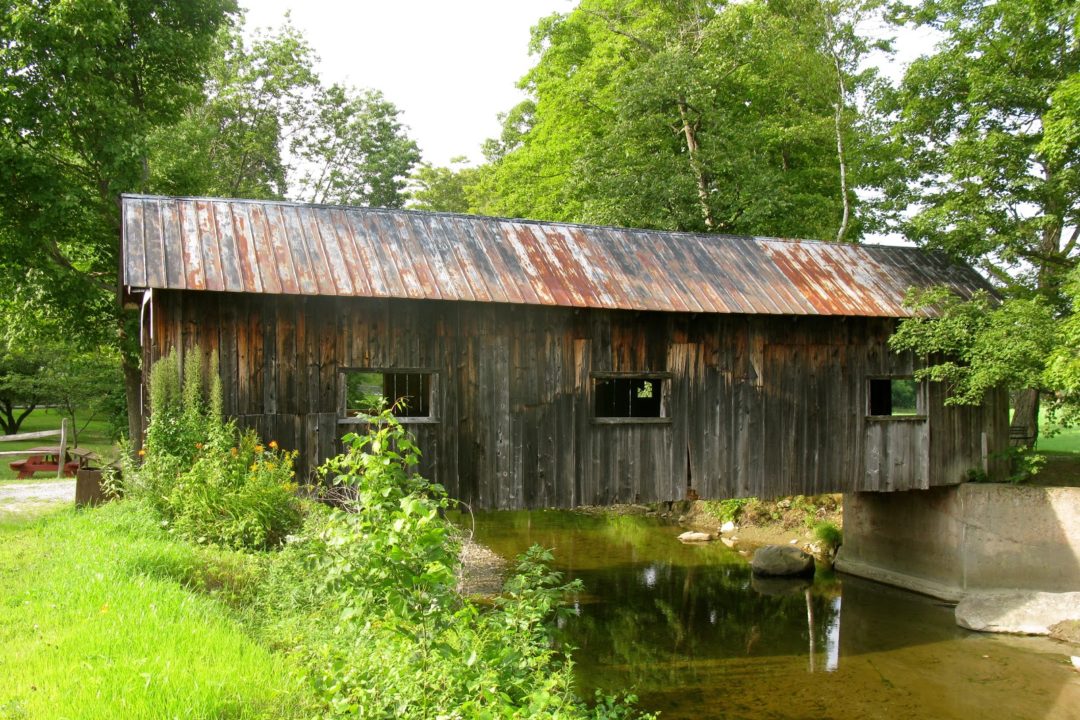
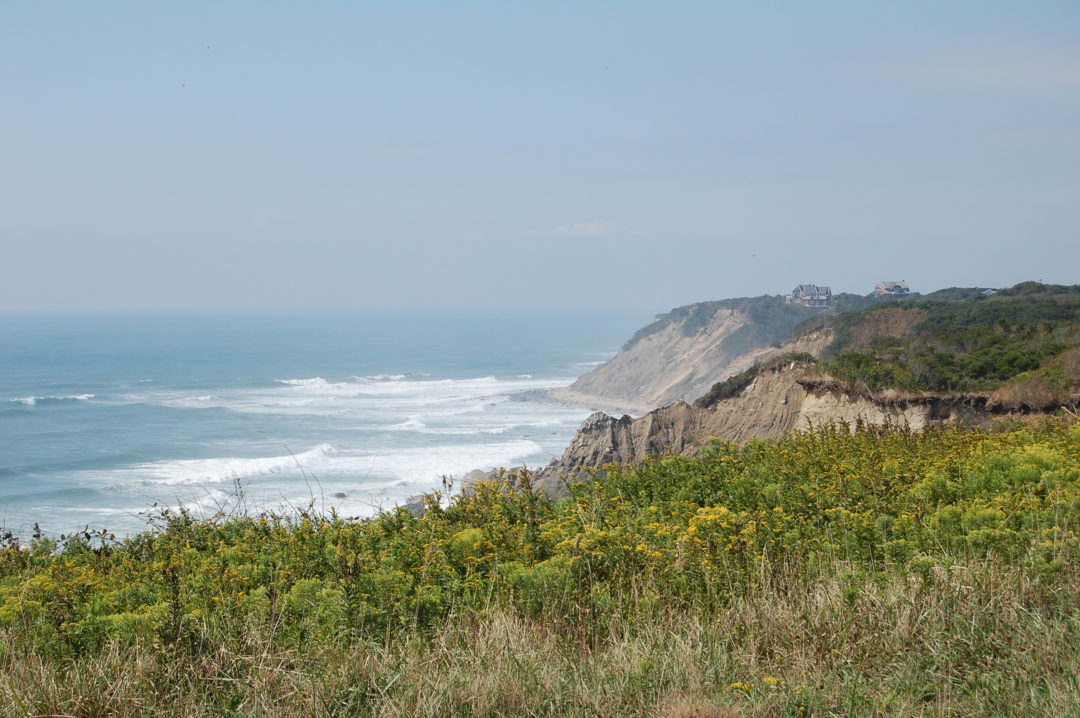
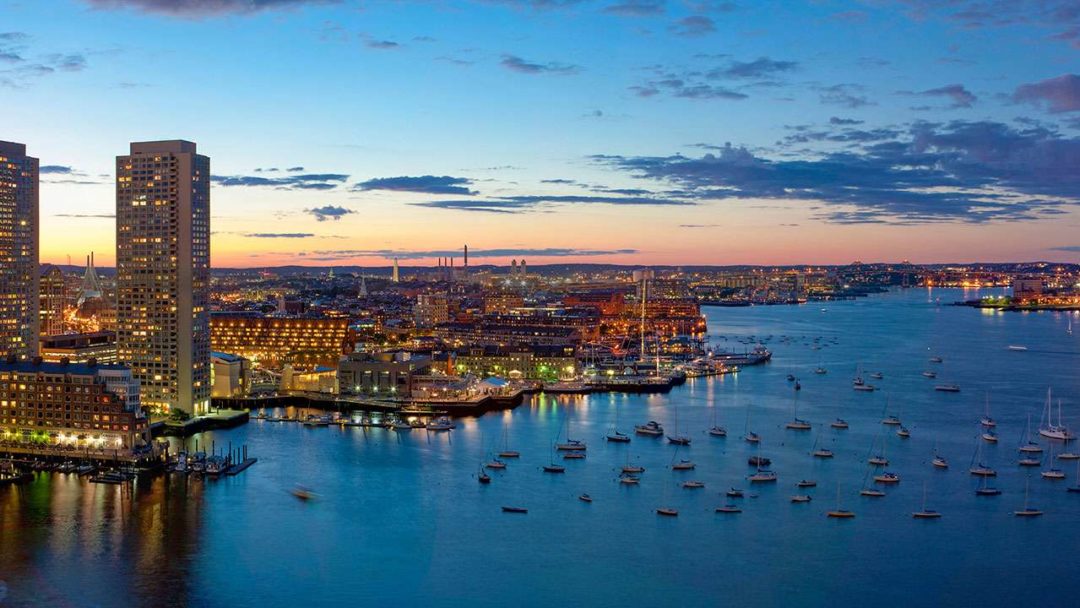
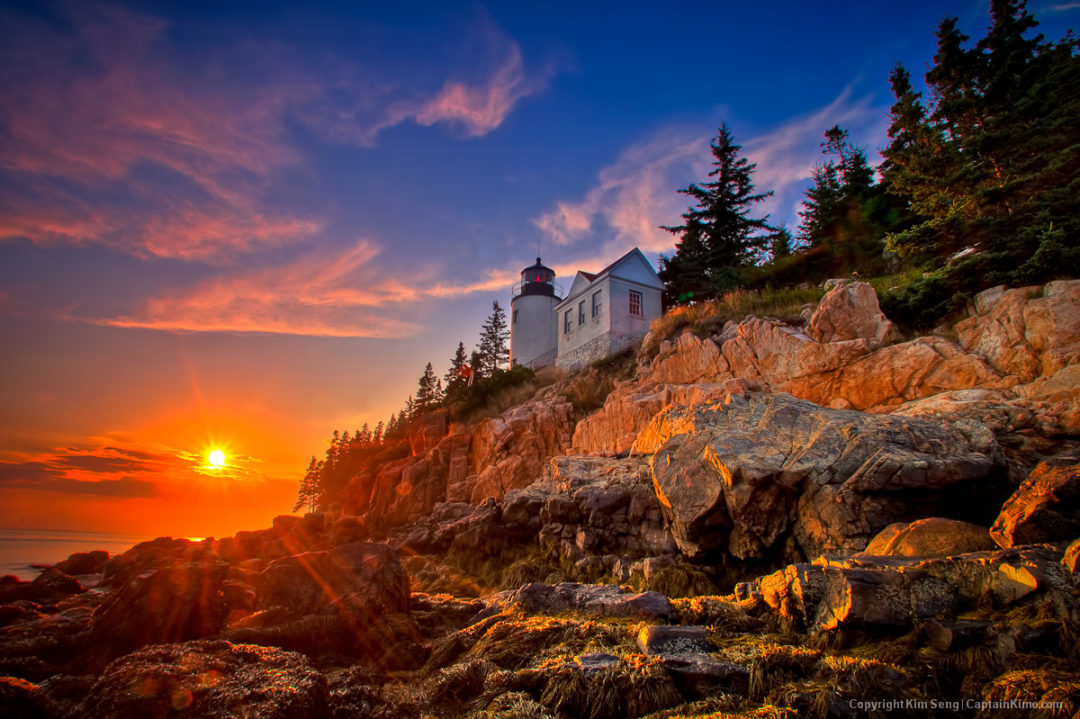

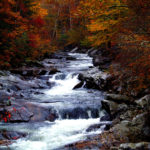

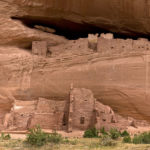
No Comments